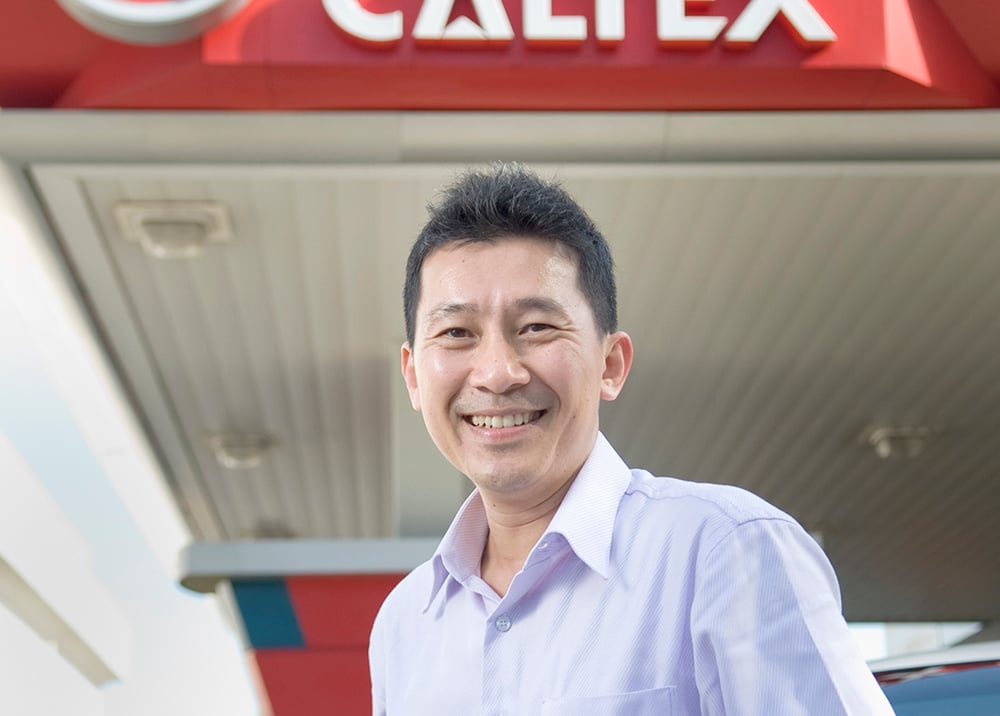
Chevron Malaysia’s Caltex with its recent launch of the brand’s Power Diesel Euro 5 with Techron D in Malaysia marks a growing availability of better and cleaner diesels locally. Developed with close to a zero sulfur content, the new Power Diesel Euro 5 contains less than 10 parts per million (ppm) of sulfur in comparison with the current Euro 2M rating with 500ppm. How will it benefit your vehicle and why should you choose diesel? We speak to Philip Chee, Fuel Specialist at Chevron on the improvements the brand’s latest diesel and also the differences between diesel and biodiesel.
Please share with us the benefits and a brief explanation of Caltex’s Power Diesel Euro 5 as compared to the previous versions of diesel available on the Malaysian market.
PC: Currently for our Power Diesel Euro 5 as compared with our Euro 2M diesel, you will definitely feel the difference. The Power Diesel with Techron D has a formulation that is proven to control deposits, help maintain fuel injector cleanliness and enhance engine performance.
The Euro 5 implementation is to reduce exhaust emissions that result in lower levels of harmful emissions and cleaner and better air quality. This improvement of Euro 5 is without a doubt much better than what we have currently at Euro 2M. It is the best diesel we’ve ever produced.

What is your take on diesel cars of today versus the ones made in the 1990s?
PC: Diesel engines have long been touted as being too large, loud, and inefficient and have become infamous for the plume of soot and smoke that shoots out of the tailpipe upon starting. However, with new technology being developed in Europe, diesel engines are quickly becoming known for their new clean and more dependable nature.
New composite materials and a better understanding of the mechanics behind engines have allowed engineers to develop engines which transform more of the energy in the fuel into mechanical energy. This also allows for a reduction in the amount of energy that is lost as heat.
Exhaust after-treatment technologies (post-combustion) such as filters and catalytic converters are used in the exhaust pipe to trap particulate matter that escapes from the cylinder. The NOx and particulate matter emissions can be brought down to near the level of hybrid cars with a combination of fine filters and catalytic converter technologies.
Diesel engines also provide a lot more power as well as lower fuel consumption than their gasoline counterparts.
 (Centre) Shahid Ahmed, Country Chairman of Chevron Malaysia with Philip Chee, Fuel Specialist at Chevron.
(Centre) Shahid Ahmed, Country Chairman of Chevron Malaysia with Philip Chee, Fuel Specialist at Chevron.
With the introduction of Euro 5 diesel, emissions will be improved as well. What are the general figures of emission improvements for Euro 5 versus Euro 2 diesel?
PC: The Euro 5 emissions standard imposes a sulphur requirement on Caltex Power Diesel at 10ppm (max) as compared to the Euro 2 emissions standard requirement on Euro 2M diesel at 500ppm (max).
With a reduction in sulphur content by a factor of more than 50, we believe Caltex Power Diesel with Techron D can help reduce emissions and pollutants in the environment.
Recently there are talks of an introduction of B10 Biodiesel to the Malaysian market. What is the difference between diesel and biodiesel?
PC: Biodiesel is a form of fuel manufactured using feedstocks such as vegetable oils, animal fats, or recycled restaurant greases. In Malaysia, the feedstock used is palm oil.
Biodiesel is made through a chemical process called transesterification and the resultant methyl ester (biodiesel) has a slightly different physical property as compared to diesel e.g. higher density & viscosity, lower stability etc.
What do you think about the availability of Euro 5 Diesel’s in Malaysia? Is it past overdue? What about biodiesel? Share with us your thoughts in the comments!
